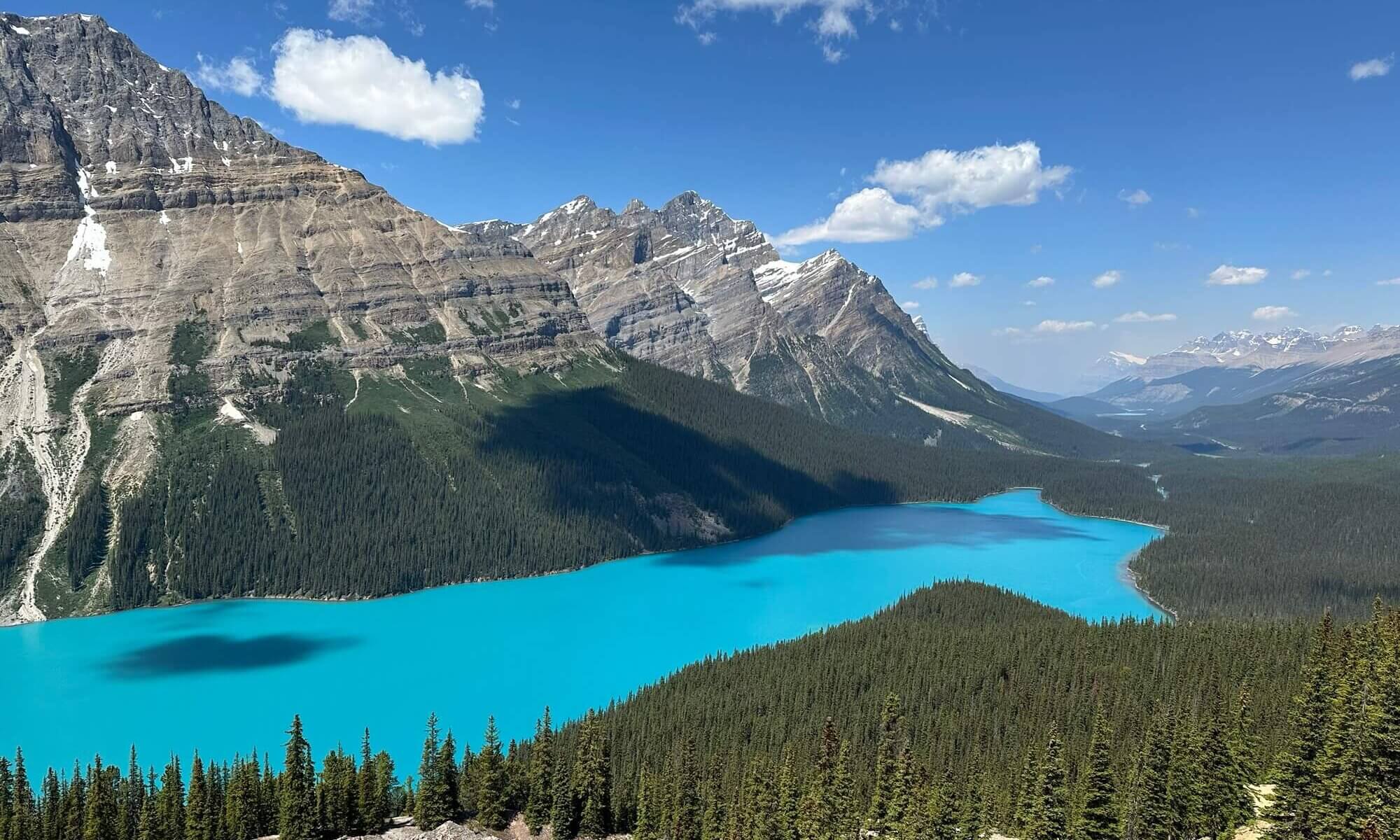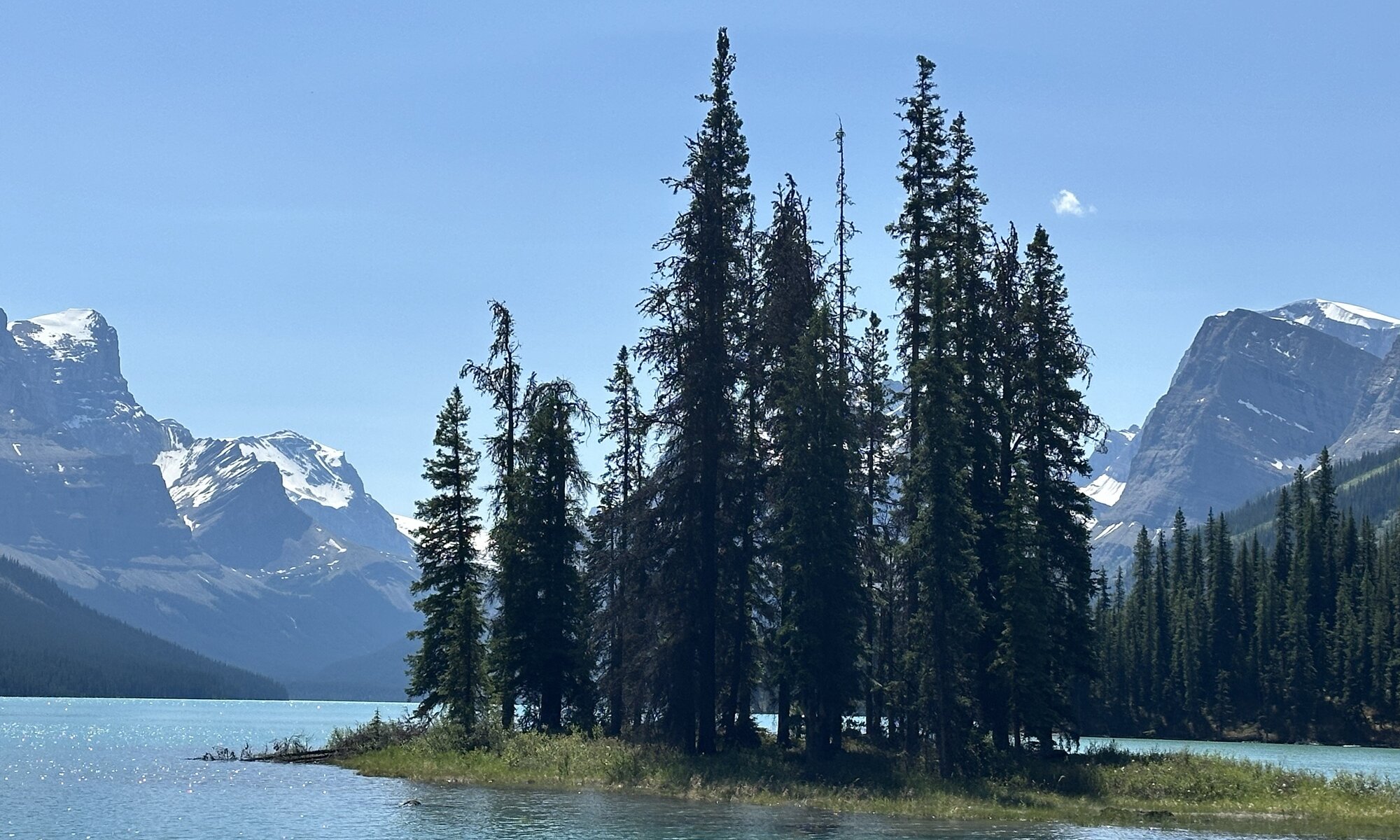In the heart of Jasper National Park, Maligne Lake is a crown jewel of the Canadian Rockies, attracting visitors with its stunning beauty and serene atmosphere. At the center of this natural wonder lies Spirit Island, a tiny landmass that has become one of the most photographed locations in Canada, if not the world. Spirit Island’s fame among photographers can be traced back to a single, pivotal moment in the 1940s. Kodak, the renowned film company, sent photographer Peter Gales on a mission to capture images that would promote their color film.
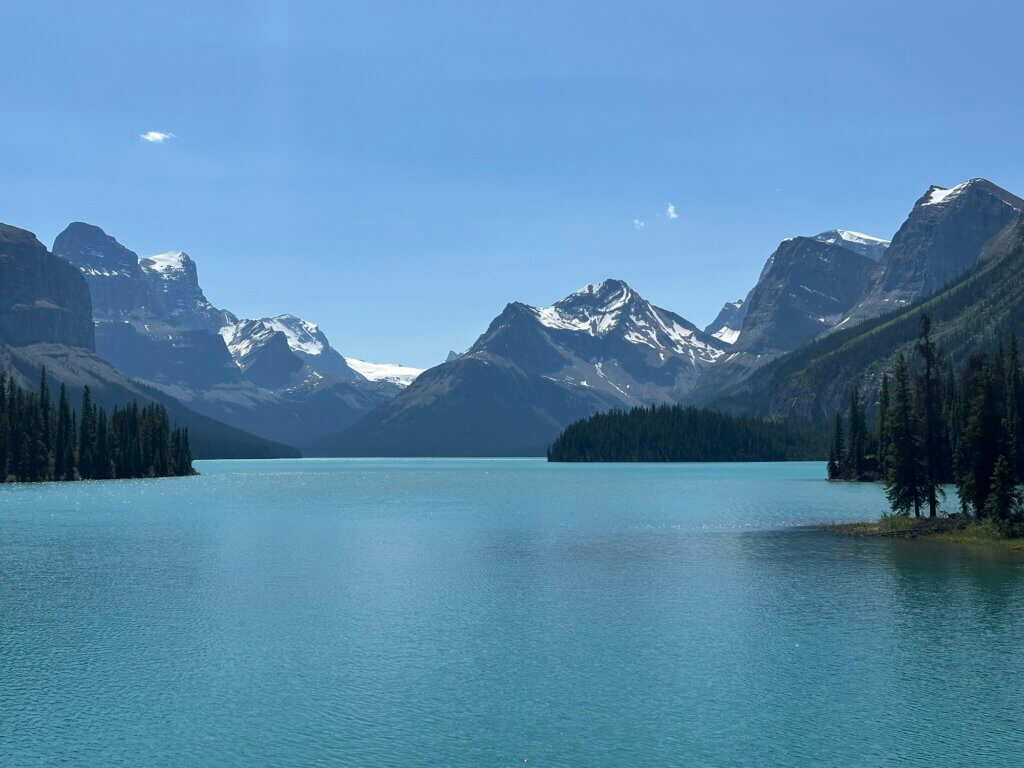
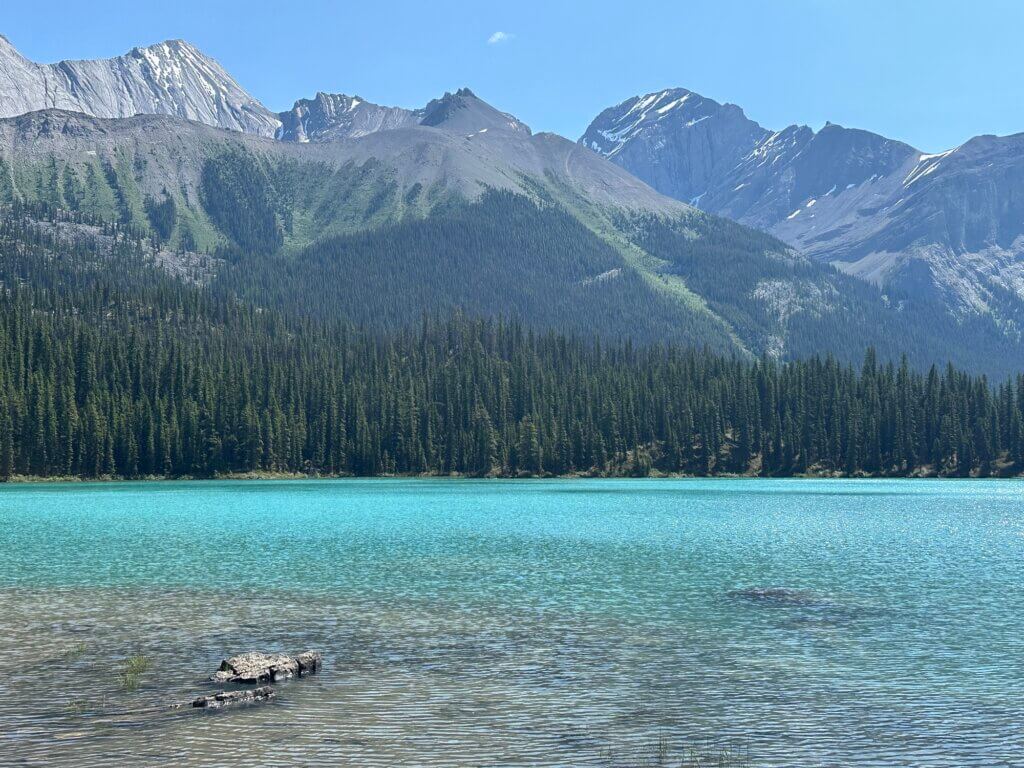
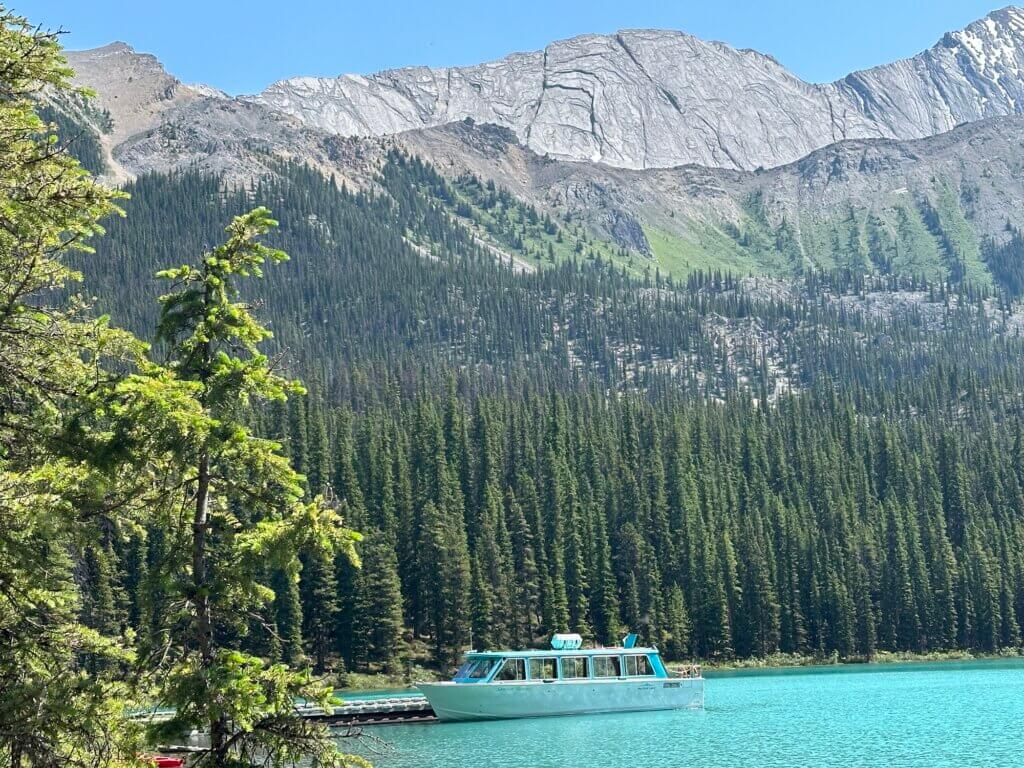
Gales‘ photograph of Spirit Island, with its solitary stand of trees set against a backdrop of towering mountains and glacial waters, became an instant sensation.The image was enlarged to mural size and displayed in New York City’s Grand Central Station, exposing millions of people to this remote wilderness gem. This exposure catapulted Spirit Island to international fame, cementing its status as an iconic Canadian landscape.
Long before European explorers set foot in the area, Maligne Lake held deep significance for Indigenous peoples. Known as ‚Chaba Imne‘ (Beaver Lake) to the Stoney Nakoda First Nation, the lake was a vital site for food gathering and hunting activities during summer months. The Indigenous people regarded it as the ‚Lake of Deep Waters‘ and the ‚Lake of Healing‘ underscoring its spiritual importance.
The lake’s ‚discovery‘ by non-Indigenous people is often attributed to Mary Schäffer Warren, a wealthy Quaker from Philadelphia, who first laid eyes on Chaba Imne in 1908. Schäffer’s journey to find the lake was inspired by stories from the Stoney Nakoda people and guided by a map drawn by Samson Beaver, an Indigenous guide. Her expedition, which began in Banff, was a six-month backcountry trek through thick forests, valleys, and mountain passes.
Upon reaching the lake, Schäffer was so taken by its beauty that she famously declared, ‚If Lake Louise is a pearl, Maligne is the entire pearl necklace‘. She named it Maligne Lake, after the Maligne River that feeds it, and her writings and paintings about the area would later attract more tourists. Maligne Lake’s striking blue color varies along its length due to glacial sediment, creating a mesmerizing display of hues. The lake is home to various fish species, including rainbow trouts, and the surrounding area is rich in wildlife, like grizzly bears you don’t want to meet.
Today, Maligne Lake continues to enchant visitors with its natural beauty and rich history. As we appreciate its splendor, it’s crucial to remember and respect the deep connection Indigenous peoples have maintained with this land for millennia. Maligne Lake stands not just as a natural wonder, but as a living testament to the intertwined histories of the land’s first inhabitants and later arrivals, all of whom have been captivated by its enduring beauty.
Getting to Maligne Lake by car takes about an hour for 50 kilometers, but you might have to stop along the way when wild animals show up next to the road. A good recommendation is to arrive here early: the parking area can be fast pretty early. Next to the lake you will find a restaurant and shop as well as the ticket booth for the Maligne Lake Cruise. It offers a 90-minute interpretive tour that includes a brief stop at Spirit Island and is something I can really recommend.
Spirit island
Maligne lake
Alberta
Canada
Loading map...

